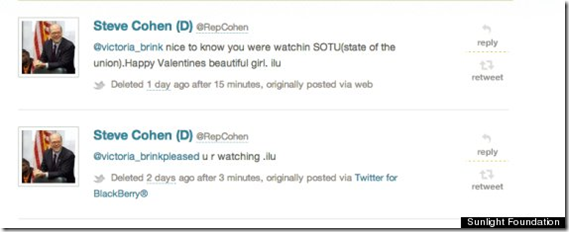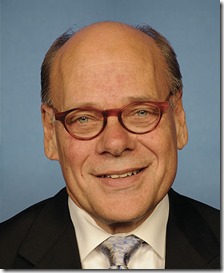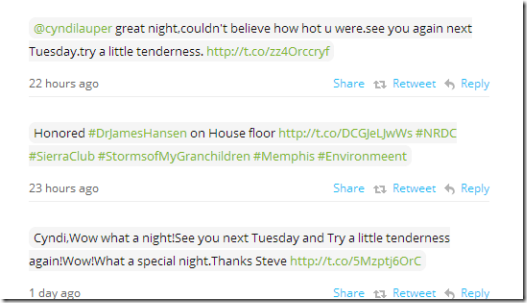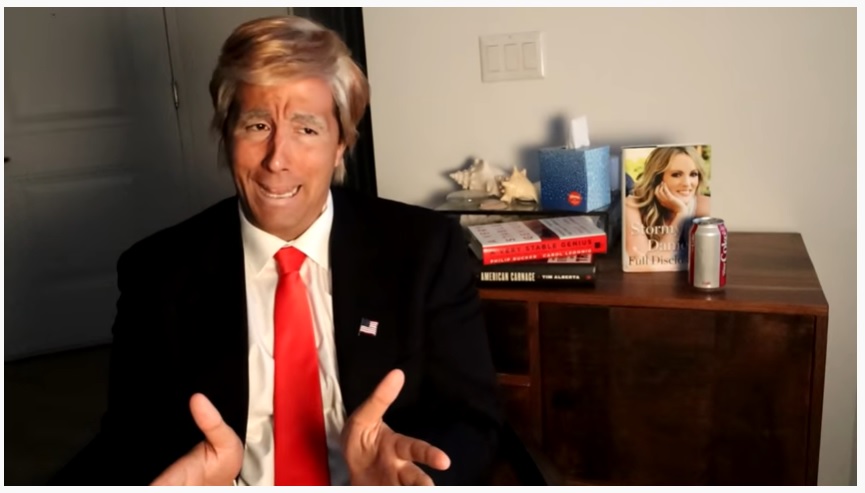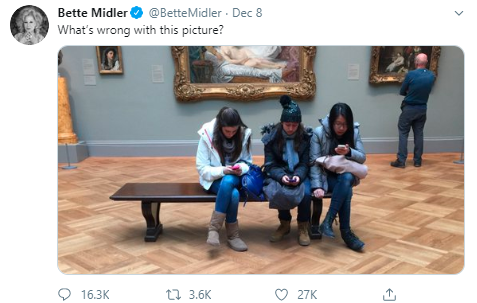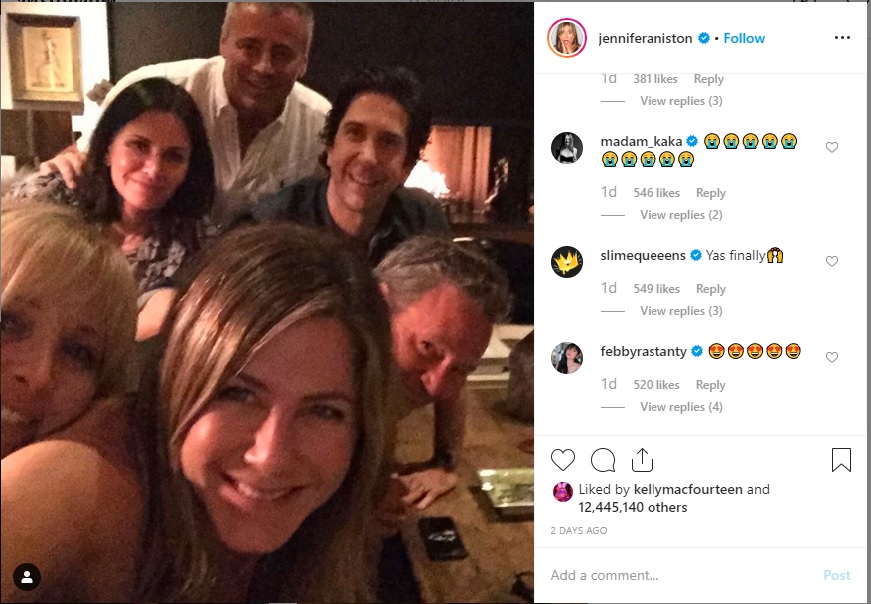Tweet And Delete: A Smart New PR Strategy?
During President Obama’s State of the Union Address back in February, Rep. Steve Cohen (D-TN) sat in the audience and tweeted a woman named Victoria Brink.
The tweets appeared to be intimate, with one saying, “Happy Valentines beautiful girl.” Cohen quickly deleted both tweets, raising the media’s suspicion. Journalists were curious why the never-married 63-year-old Congressman was tweeting a 24-year-old bikini model.
It turns out that Ms. Brink is his daughter, although he hadn’t made that public. Cohen claims he learned that he had a daughter just three years ago. As he told WREG-TV in Memphis, “I Googled her mother, found out she had a child, and the math looked pretty accurate.”
In this case, Mr. Cohen wasn’t doing anything wrong. But by deleting his tweet, The Sunlight Foundation, which catalogues deleted tweets sent by politicians, flagged his seeming indiscretion.
That helps prove one thing: Regardless of whether or not you’re a politician, if you “Tweet and Delete,” there’s a good chance someone will notice and become suspicious.
But “Tweet and Delete” has a flipside. Let’s say you want people to notice your tweets. Should you delete a tweet you sent on purpose while making it look like you had sent it by mistake? Is “Tweeting and Deleting” an approach PR professionals should consider using to help highlight their events, products, and brands?
Whatever your answer, Mr. Cohen used it. Since he had learned that the media would pick up on his deleted tweets, he used that knowledge (he claims) to “punk” the press by sending the following tweets to pop star Cyndi Lauper and quickly deleting them:
As he suspected, his deleted tweets caught the eye of the media. So he released a statement claiming he “Tweeted and Deleted” to help promote a cause. In a statement, he wrote:
“On Tuesday night, the President and Mrs. Obama, along with the Grammys and PBS, hosted a musical tribute to Memphis Soul at the White House. Wanting to promote this great program, which will air this coming Tuesday on PBS, I realized the best way to do this was to tweet and delete. I knew the Sunlight Foundation would highlight the deleted tweet as a Politwoop and knowing how some in the media report deleted Politwoops as nefarious, it occurred to me that a perfectly innocent, factually-correct tweet, once deleted, would receive great media attention. And that is exactly what happened.”
I can see how some edgy brand might make the “Tweet and Delete” strategy work. But overall, this strikes me as a dangerous game to play. Yes, PR pros using this technique might successfully fool the media and the public with a “Tweet and Delete” strategy. But it could come at the cost of their media relationships and their public credibility.
If you enjoyed this article, would you please help me reach a larger audience by sharing it with your social networks? Share buttons are below. Thank you!
